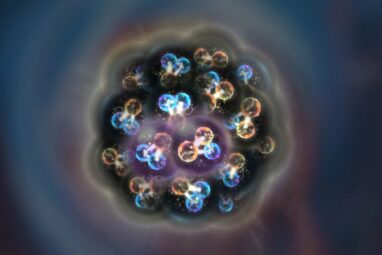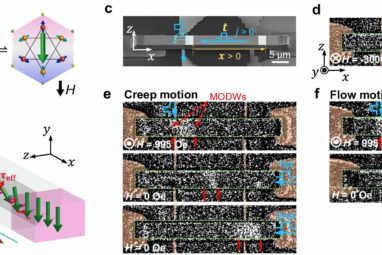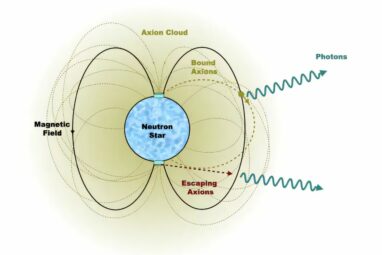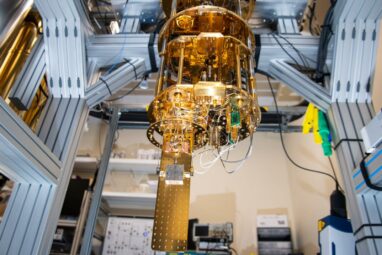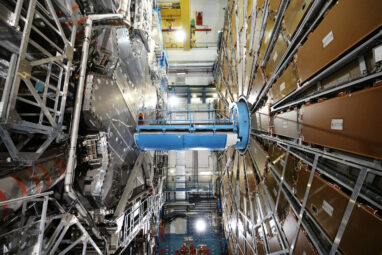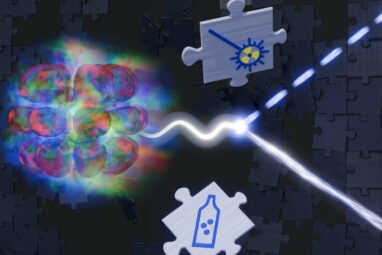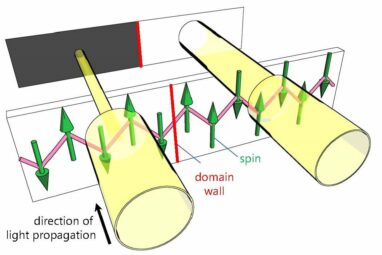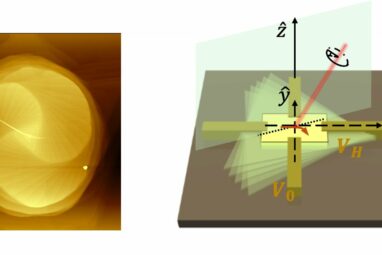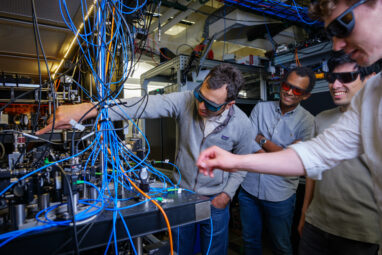The atomic nucleus is made up of protons and neutrons, particles that exist through the interaction of quarks bonded by...
Far beneath the lush landscape of southern China, a sprawling subterranean laboratory aims to be the world’s first to crack...
Physicists at RIKEN have demonstrated how ultrafast, low-power-consumption memory devices could be realized by replacing conventional magnetic materials with novel...
A quasar is the extremely bright core of a galaxy that hosts an active supermassive black hole at its center....
A team of physicists from the universities of Amsterdam, Princeton and Oxford have shown that extremely light particles known as...
One of the most difficult problems with quantum computing relates to increasing the size of the quantum computer. Researchers globally...
In collisions between protons at the Large Hadron Collider (LHC), pairs of top quarks—the heaviest known elementary particles—are frequently produced...
On October 16, 1843, the Irish mathematician William Rowan Hamilton had an epiphany during a walk alongside Dublin’s Royal Canal....
Neutrons are among the basic building blocks of matter. As long as they are part of a stable atomic nucleus,...
A class of material called perovskites, which have special electronic bonding with many applications, could be useful for quantum sensing....
A new study has uncovered important behavior in the flow of electric current through quantum superconductors, potentially advancing the development...
Imagine walking into a room where several different grandfather clocks hang on the walls, each ticking at a different pace....
